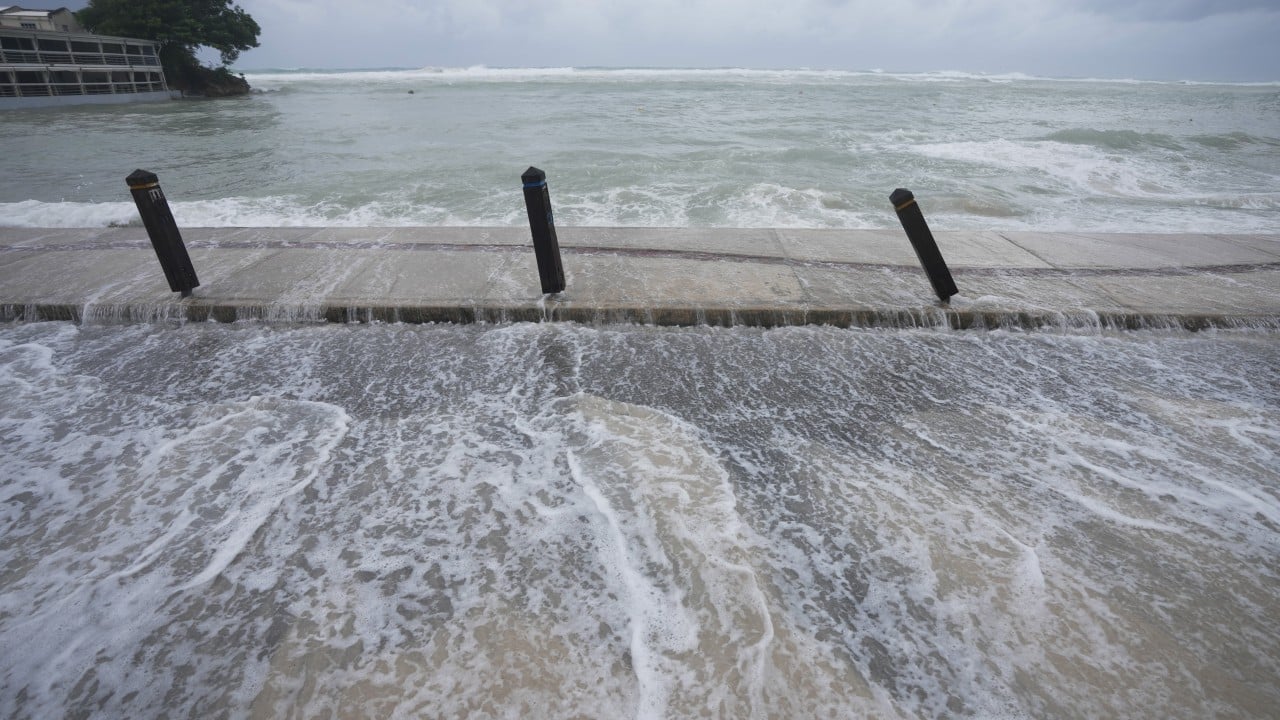A dangerous and extremely powerful Hurricane Beryl made landfall on Monday on the Caribbean island of Carriacou after becoming the earliest storm of Category 4 strength to form in the Atlantic, fuelled by record warm waters.
Winds up to 150mph (240kph), just shy of a Category 5 storm, blew off roofs, uprooted trees and caused other damage on Carriacou, one of the islands of Grenada, and elsewhere in the southeast Caribbean.
“This is an extremely dangerous and life-threatening situation,” the US National Hurricane Centre said.
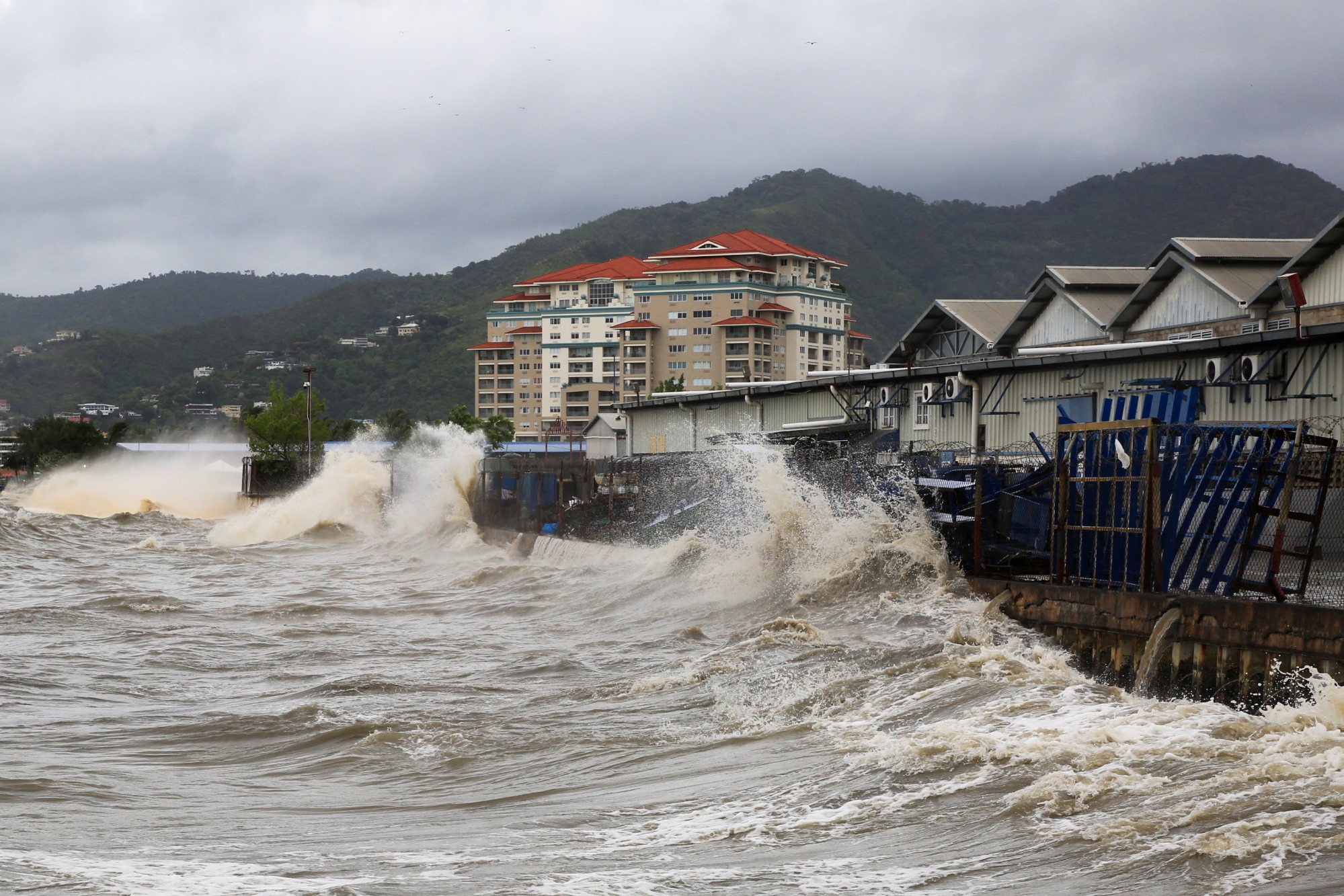
Hurricane warnings remained in effect for Grenada and St Vincent and the Grenadines as thousands of people hunkered down in homes and shelters. The last strong hurricane to hit the southeast Caribbean was Hurricane Ivan 20 years ago, which killed dozens of people in Grenada.
NBC Radio in St Vincent and the Grenadines said it received reports of roofs being torn off churches and schools as communications began collapsing across the southeast Caribbean.
“Jesus Christ!” a woman yells in a video that shows tin roofs flying through the air.
There is the likelihood of even greater damage. We have no choice but to continue to pray
In nearby Grenada, officials received “reports of devastation” from Carriacou and surrounding islands, said Terence Walters, Grenada’s national disaster coordinator. Prime Minister Dickon Mitchell said he would travel to Carriacou as soon as it is safe, noting that there has been an “extensive” storm surge.
Grenada officials had to evacuate patients to a lower floor after a hospital roof was damaged, he said.
“There is the likelihood of even greater damage,” Mitchell told reporters. “We have no choice but to continue to pray.”
On Monday afternoon, Beryl was about 65 miles (105km) northwest of the island of Grenada, moving west-northwest at 20mph (31kph).
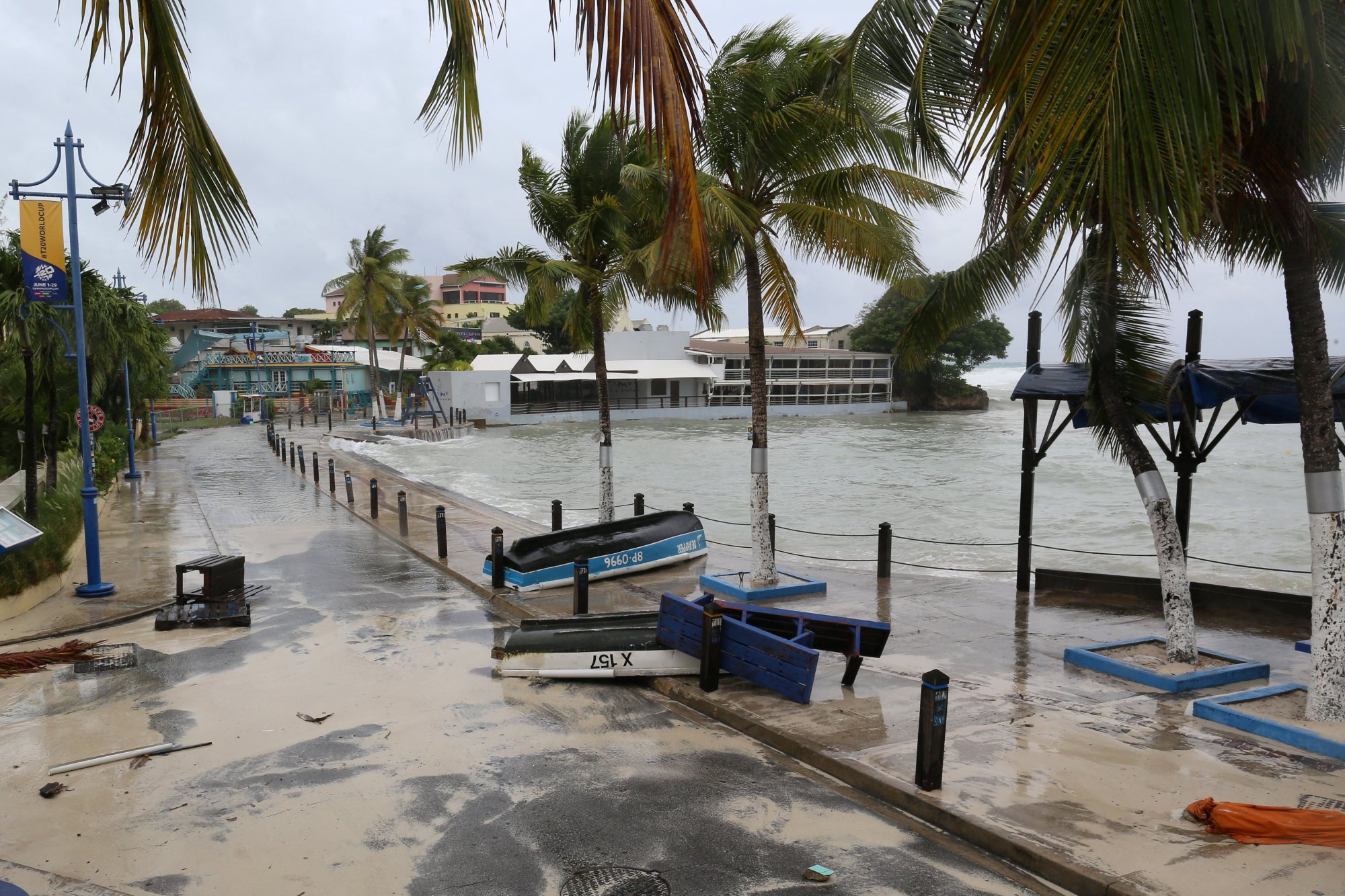
In Barbados, officials received more than a dozen reports of roof damage, fallen trees and downed electric posts across the island, said Kerry Hinds, emergency management director. Wilfred Abrahams, minister of home affairs and information, said drones – which are faster than crews fanning across the island – would assess damage once Beryl passes.
A tropical storm warning was in effect for St Lucia and Martinique. A tropical storm watch was issued for Haiti’s entire southern coast, and from Punta Palenque in the Dominican Republic west to the border with Haiti. A hurricane watch was issued for Jamaica.
Forecasters warned of a life-threatening storm surge of up to 9ft (3 metres) in areas where Beryl made landfall, with 3 to 6 inches (7.6 to 15cm) of rain for Barbados and nearby islands and possibly 10 inches in some areas (25cm), especially in Grenada and the Grenadines.
The storm was expected to weaken slightly over the Caribbean Sea on a path that would take it just south of Jamaica and later toward Mexico’s Yucatan Peninsula as a Category 1.
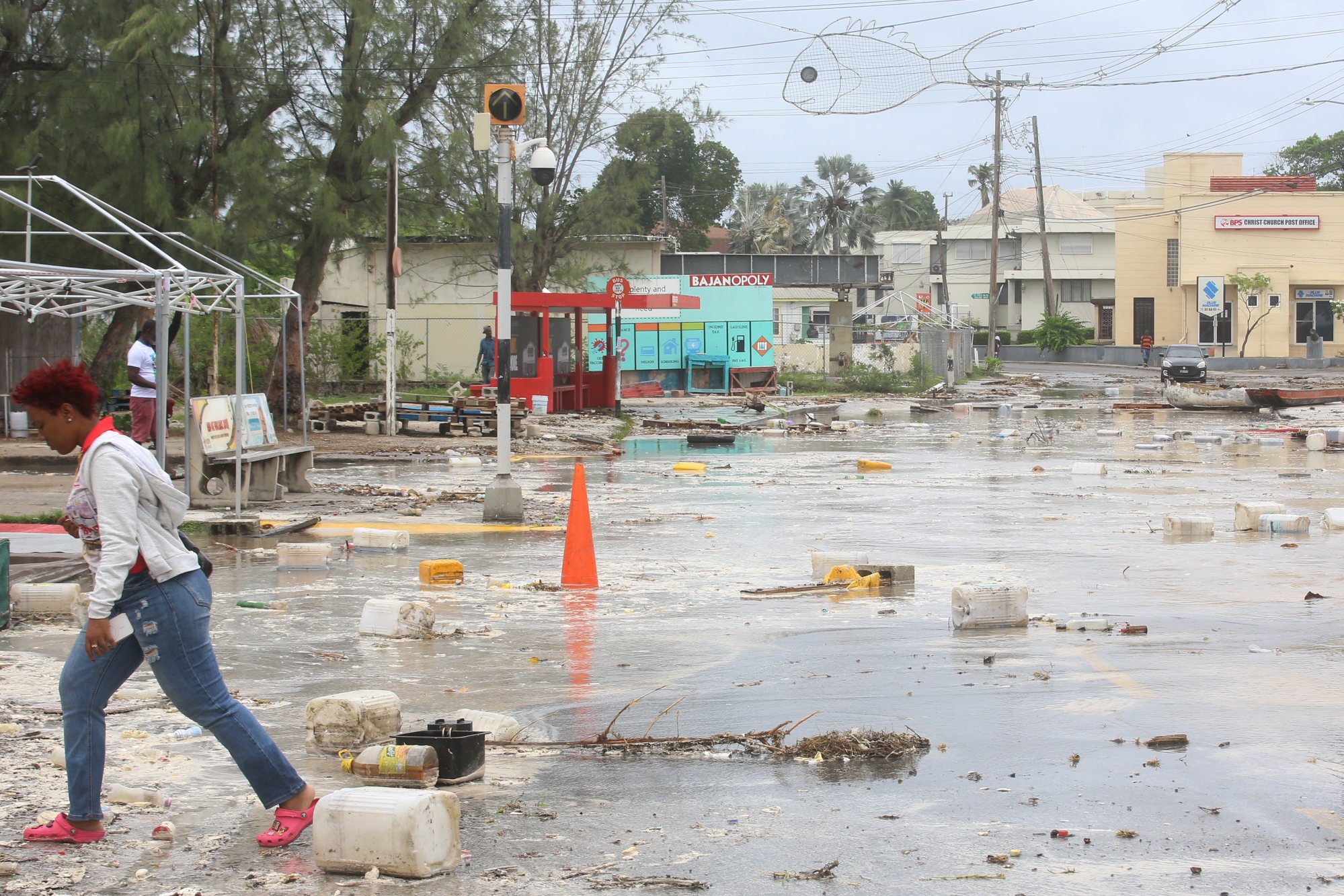
“Beryl is forecast to remain a significant hurricane during its entire trek across the Caribbean region,” the National Hurricane Centre said.
Officials in some southeast Caribbean islands announced controlled power outages and warned of water cuts ahead of the storm, as well as landslides and flash floods. Schools, airports and government offices closed.
Hours before the storm, Barbadian Michael Beckles said he still feared the worst for his island.
“As prepared as we can try to be, there are a lot of things that we can’t control,” he said. “There are a lot of houses that are not ready for a storm like this.”
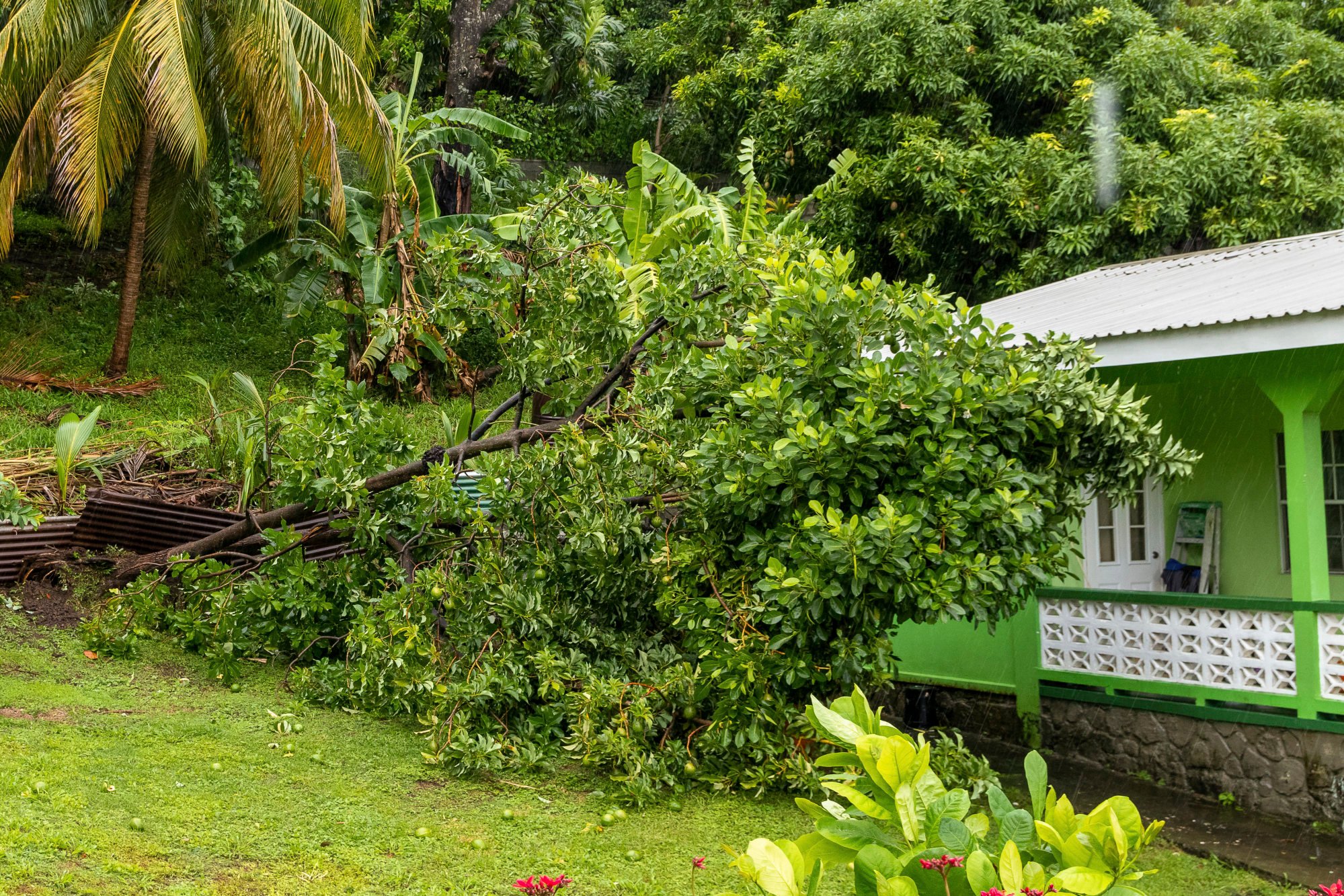
Beryl strengthened from a tropical depression to a major hurricane in just 42 hours – a feat accomplished only six other times in Atlantic hurricane history, and with September 1 as the earliest date, according to hurricane expert Sam Lillo.
It also was the earliest Category 4 Atlantic hurricane on record, besting Hurricane Dennis, which became a Category 4 storm on July 8, 2005.
Beryl amassed its strength from record warm waters that are hotter now than they would be at the peak of hurricane season in September, said hurricane specialist and storm surge expert Michael Lowry.
Beryl also marked the farthest east that a hurricane has formed in the tropical Atlantic in June, breaking a record set in 1933, according to Philip Klotzbach, Colorado State University hurricane researcher.
On Sunday night, Beryl formed a new eye, or centre, something that usually weakens a storm slightly as it grows larger in area. Experts say it is now back to strengthening.
Jaswinderpal Parmar of Fresno, California, who had travelled to Barbados for Saturday’s Twenty20 World Cup cricket final, said he and his family were now stuck there with scores of other fans, their flights cancelled on Sunday.

Even as Beryl bore down on the southeast Caribbean, government officials warned about a cluster of thunderstorms mimicking the hurricane’s path that have a 70 per cent chance of becoming a tropical depression.
“There’s always a concern when you have back-to-back storms,” Lowry said. “If two storms move over the same area or nearby, the first storm weakens the infrastructure, so the secondary system doesn’t need to be as strong to have serious impacts.”
Beryl is the second named storm in the Atlantic hurricane season, which runs from June 1 to November 30. Earlier this month, Tropical Storm Alberto made landfall in northeast Mexico and killed four people.
The National Oceanic and Atmospheric Administration predicts the 2024 hurricane season is likely to be well above average, with between 17 and 25 named storms. The forecast calls for as many as 13 hurricanes and four major hurricanes.
An average Atlantic hurricane season produces 14 named storms, seven of them hurricanes and three major hurricanes.


